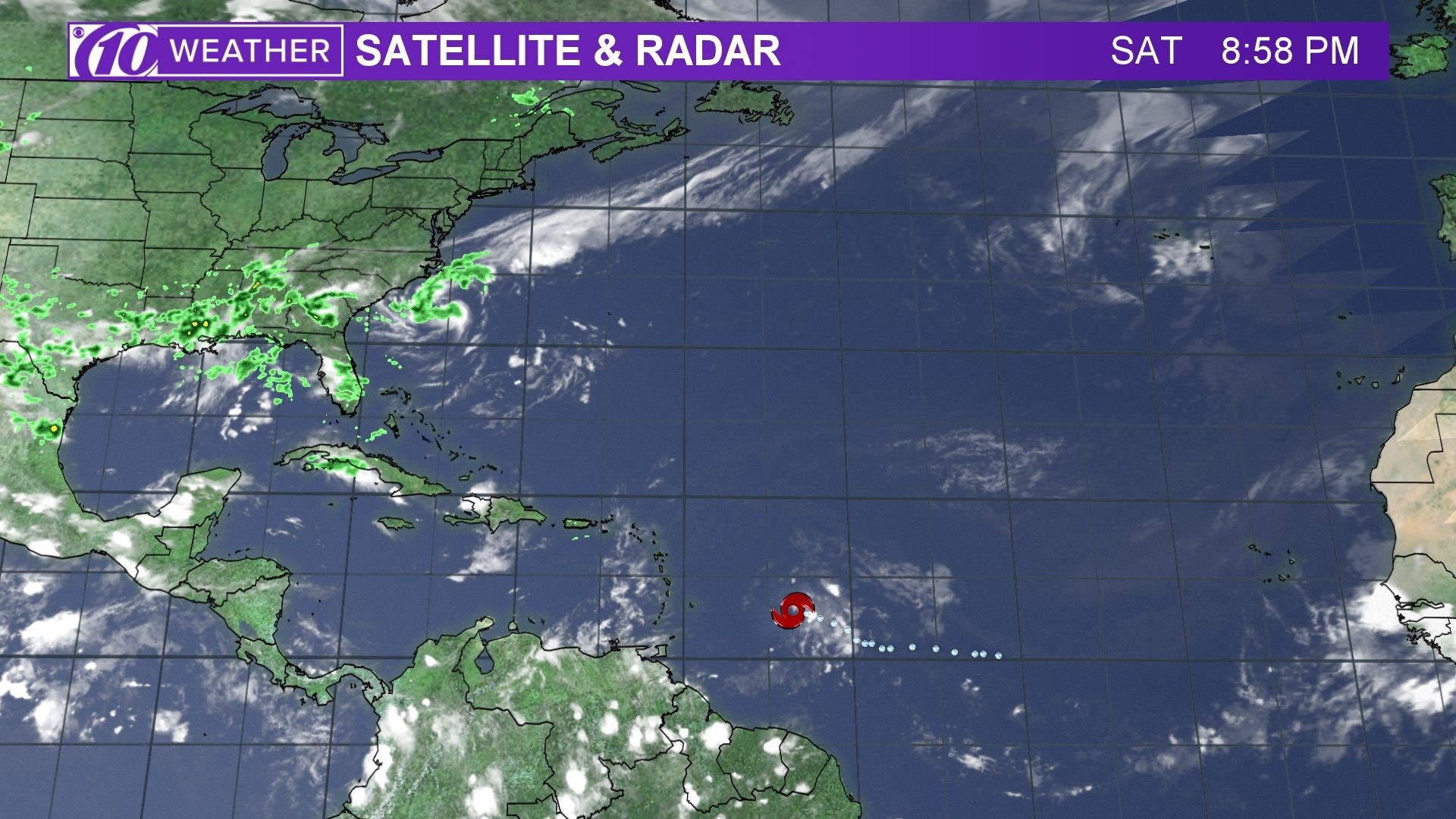Hurricane Beryl’s Path and Intensity Predictions: Hurricane Beryl Spaghetti Models

Hurricane Beryl is a Category 1 hurricane that is expected to strengthen over the next few days. The storm is currently located about 200 miles south of Bermuda and is moving west-northwest at 12 mph. Beryl is expected to turn to the north on Wednesday and then to the northeast on Thursday. The storm is expected to reach Category 3 strength by Thursday night and Category 4 strength by Saturday. Beryl is expected to pass near Bermuda on Thursday night and then to the east of the United States on Friday and Saturday.
The following table shows the projected path and intensity of Hurricane Beryl over the next 5 days:
| Day | Date | Location | Wind Speed (mph) | Rainfall (inches) | Areas Likely to be Affected |
|—|—|—|—|—|—|
| 1 | Tuesday, July 18 | 200 miles south of Bermuda | 75 | 2-4 | Bermuda |
| 2 | Wednesday, July 19 | 100 miles south of Bermuda | 90 | 4-6 | Bermuda |
| 3 | Thursday, July 20 | Near Bermuda | 110 | 6-8 | Bermuda, United States East Coast |
| 4 | Friday, July 21 | East of the United States | 125 | 8-10 | United States East Coast |
| 5 | Saturday, July 22 | East of the United States | 140 | 10-12 | United States East Coast |
The factors that are influencing these predictions include the atmospheric conditions, ocean currents, and historical data. The atmospheric conditions are favorable for hurricane development, with warm ocean waters and low wind shear. The ocean currents are also favorable, with the Gulf Stream providing warm water for the storm to feed on. Historical data shows that hurricanes that form in this area often strengthen and move towards the United States.
The potential impacts of Hurricane Beryl on coastal communities include storm surge, flooding, and wind damage. Storm surge is a rise in sea level caused by the hurricane’s winds. Flooding can occur when the storm surge overflows coastal barriers or when heavy rains cause rivers and streams to overflow their banks. Wind damage can occur when the hurricane’s winds reach speeds of 74 mph or higher.
Model Comparisons and Analysis

Hurricane beryl spaghetti models – Spaghetti models provide valuable insights into the potential path and intensity of hurricanes. By comparing models from different forecasting centers, we can gain a more comprehensive understanding of the storm’s behavior and identify areas of uncertainty.
National Hurricane Center (NHC) vs. European Centre for Medium-Range Weather Forecasts (ECMWF), Hurricane beryl spaghetti models
- The NHC and ECMWF models generally agree on the general track of Hurricane Beryl, predicting a northwestward movement towards the Gulf Coast.
- However, there are some differences in the predicted intensity. The ECMWF model forecasts a slightly stronger hurricane than the NHC model.
Reasons for Differences
The differences between the models can be attributed to several factors, including:
- Data Sources: The models use different data sources, which can affect their initial conditions and subsequent forecasts.
- Forecasting Algorithms: Each model employs unique forecasting algorithms that incorporate different assumptions and mathematical techniques.
- Assumptions: The models make different assumptions about the future behavior of the atmosphere and ocean, which can lead to variations in the predicted path and intensity.
Historical Hurricane Data and Case Studies
Examining past hurricanes that have affected similar areas to Hurricane Beryl provides valuable insights into the potential risks and vulnerabilities associated with these storms. By analyzing historical data and case studies, we can gain a better understanding of the patterns, behaviors, and impacts of these events, which can aid in forecasting and preparedness efforts.
Historical hurricane data reveals that the Caribbean region has experienced numerous hurricanes of varying intensities and impacts. These storms have caused widespread damage, loss of life, and economic disruption.
Notable Historical Hurricanes
- Hurricane Ivan (2004): A Category 5 hurricane that devastated Grenada, Jamaica, and the Cayman Islands, causing billions of dollars in damage and over 100 fatalities.
- Hurricane Wilma (2005): A Category 5 hurricane that made landfall in Florida, causing extensive flooding and power outages, and resulting in significant economic losses.
- Hurricane Dean (2007): A Category 5 hurricane that affected Jamaica, Belize, and Mexico, causing widespread damage and flooding.
- Hurricane Matthew (2016): A Category 5 hurricane that impacted Haiti, Cuba, and the southeastern United States, resulting in over 500 fatalities and billions of dollars in damage.
These case studies demonstrate the devastating potential of hurricanes and highlight the need for comprehensive preparedness and mitigation strategies.
Hurricane Beryl spaghetti models show a wide range of possible paths, making it difficult to predict its exact track. For the most up-to-date information, check the hurricane beryl forecast. While the spaghetti models provide a general idea of where the storm could go, they are not always accurate.
It is important to stay informed and follow the advice of local officials.
As the Atlantic hurricane season peaks, spaghetti models are closely monitored to track the potential path of storms like Hurricane Beryl. These models provide valuable information about the storm’s trajectory, allowing meteorologists to issue timely warnings and prepare for potential impacts.
One area of particular concern is the windward islands , which lie directly in the path of the storm. As Hurricane Beryl approaches, residents of the windward islands are advised to monitor weather updates and follow official evacuation orders if necessary.